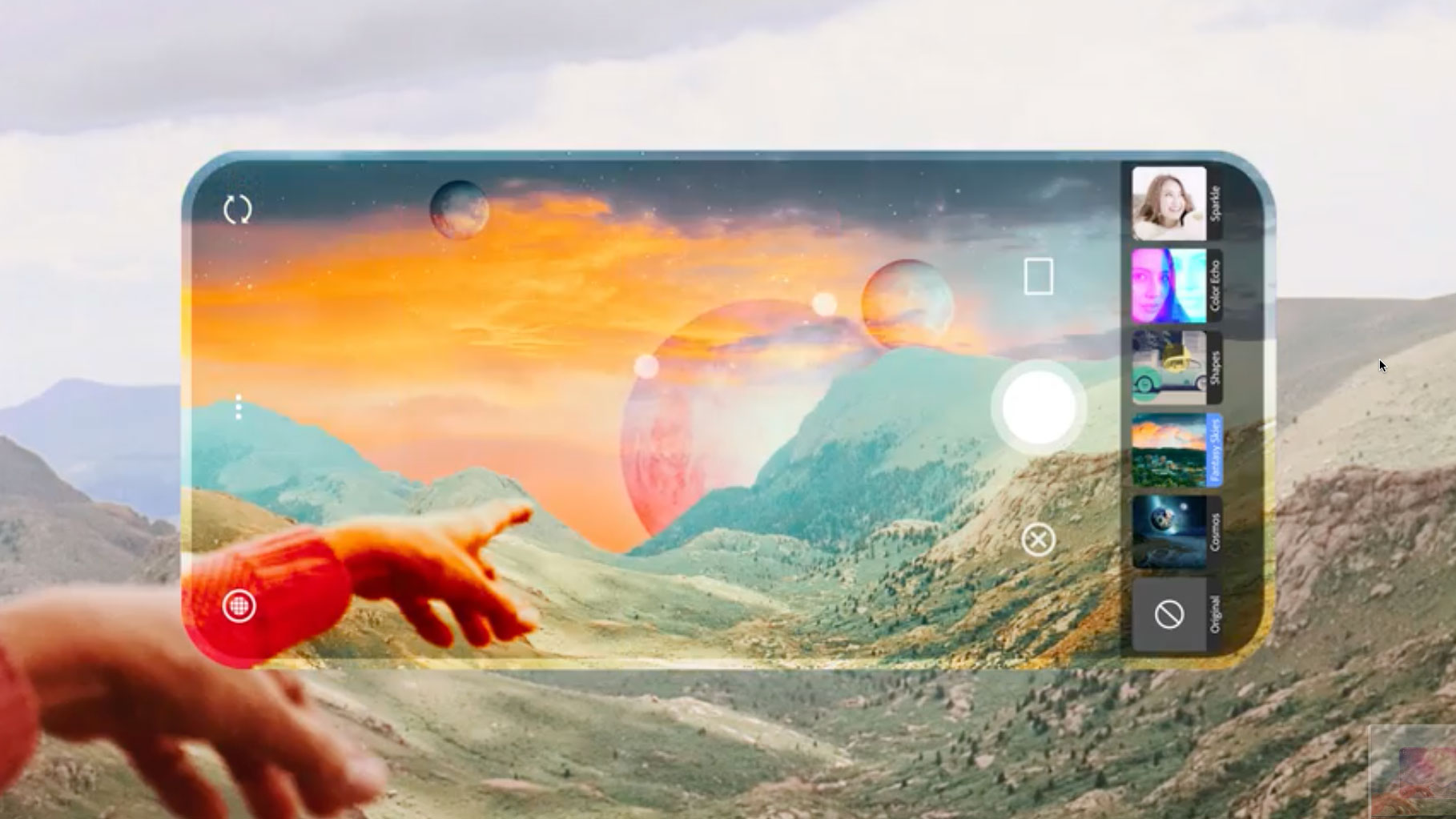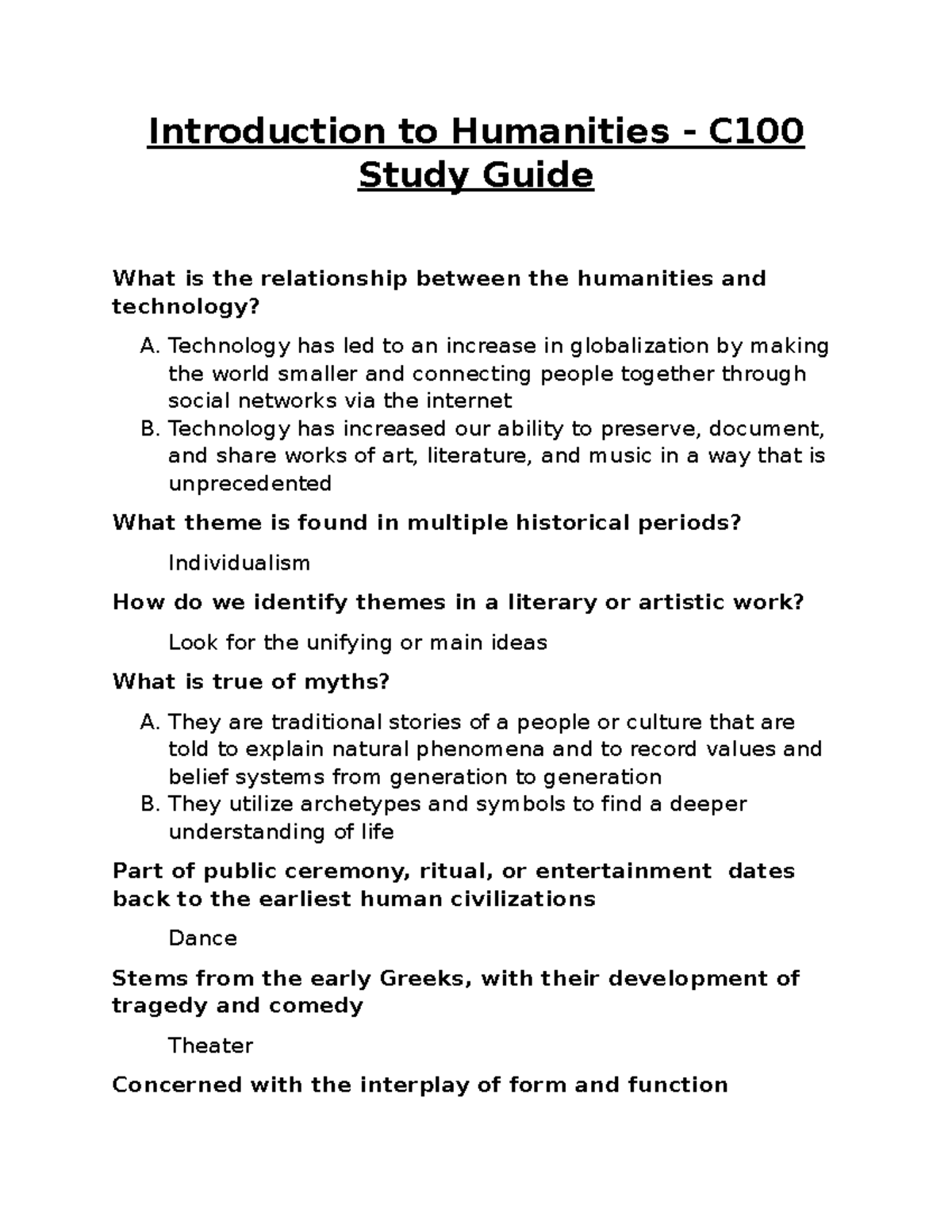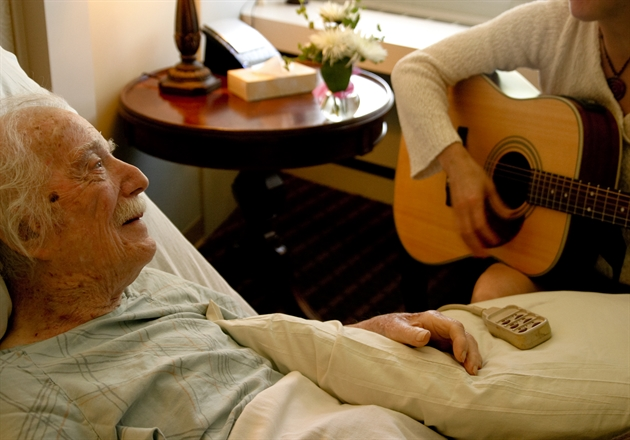AI in photography is revolutionizing the way we capture and interpret visual narratives, ushering in an era of unprecedented innovation. As advancements in photography technology emerge, the impact of AI on photography is becoming increasingly significant, influencing everything from image creation to the preservation of photo archives. This shift not only enhances the creative possibilities for photographers but also raises essential questions about authenticity and trust in the visual storytelling process. The integration of AI tools in photojournalism is particularly noteworthy, as they enable professionals to catalog vast collections of images while maintaining the integrity of visual history. With the potential to safeguard the legacies of photojournalists and enrich our understanding of the past, AI could play a crucial role in preserving visual history for future generations.
The incorporation of artificial intelligence into the realm of visual storytelling is reshaping how we approach photography and its conservation. By using machine learning algorithms, enthusiasts and professionals alike are discovering new ways to manage extensive archives of imagery and unlock valuable insights about our world. This technological advancement is not merely transforming the craft but also fostering meaningful dialogue about the ethical implications and the very essence of capturing truth. As we navigate this new landscape, understanding the relationship between technology and the art form becomes essential in maintaining the authenticity and narrative power of photographs. Ultimately, the conversation around AI in visual media highlights an evolving framework that seeks to balance innovation with the preservation of our collective visual memory.
The Role of AI in Photojournalism
Artificial Intelligence has drastically transformed various industries, and photojournalism is no exception. As organizations like the Shorenstein Center are exploring, AI in photography offers both challenges and opportunities. Photojournalists experience the increasing presence of AI-generated images that blur the lines between reality and fabrication, creating a landscape where misinformation can thrive. However, the same technology can also be harnessed to protect the integrity of true visual stories from the past, enabling professionals to elevate their craft and maintain a connection to authentic narratives.
Photojournalism is essential for conveying truth, documenting history, and showing the realities of conflict. With the rise of AI tools that can analyze and interpret complex images, there is a significant potential to revolutionize how photos are archived and contextualized. Kira Pollack’s work focuses on leveraging AI to preserve visual history while also maintaining ethical considerations around authorship and ownership. By utilizing these advancements wisely, photojournalists can enhance their archives, ensuring that the realities of their work are not misrepresented but instead celebrated and preserved.
The Impact of AI on Photography Technology
The introduction of AI in photography technology has ignited a crucial discussion regarding its implications for the future of the craft. Many professionals in the field of photography recognize that while AI can facilitate the process of creation and analysis, it also threatens to undermine traditional skills and authenticity. The ease with which generative AI can create photorealistic images raises concerns about copyright violations and the potential for misuse, which could erode public trust in visual media. As such, a balance must be struck between embracing innovation and safeguarding the core values that define photography.
Beyond the challenges, the potential impact of AI on photography technology extends to enhancing the efficiency of workflows and the accessibility of photo archives. With AI support, previously unseen and unpublished images can be organized and retrieved with ease, allowing a broader audience to engage with historical visual narratives. Furthermore, this advancement can help professional photographers focus more on creativity and storytelling, removing the repetitive strain of cataloging their vast archives. The future of photography remains intertwined with the evolution of technology, particularly as AI continues to develop in sensitivity and sophistication.
Preserving Visual History Through AI
The effort to preserve visual history is paramount in an era when images can be easily manipulated or generated. Archives that house photojournalistic work often remain obscure or neglected, holding the stories of pivotal moments largely unseen by the public eye. By incorporating AI in the curation process, these archives can be rejuvenated, bringing to light powerful visuals that speak to the human experience. Kira Pollack’s project illustrates how AI can aid in cataloging images accurately and efficiently, allowing a deeper understanding of their context and emotional resonance.
Engaging with both the historical and contemporary challenges of visual storytelling, the use of AI in preserving photography poses an opportunity for revitalization. The technology allows not only for the systematic organization of photo collections but also opens avenues for new interpretations, bringing life to previously dormant narratives. It is through this symbiosis of artistic intent and technological innovation that photography can ensure its relevance, guiding future generations to a deeper appreciation of visual history and the artists who shaped it.
Navigating Ethical Concerns in AI Use
As the conversation around AI in photography evolves, so too do the ethical implications surrounding its use. Concerns about unauthorized image use and copyright infringement loom large in discussions among photojournalists and industry experts. The complexity of intellectual property rights in an age when AI can create and manipulate images quickly and efficiently presents a daunting challenge. There is a pressing need for frameworks that protect the rights of photographers while allowing them to utilize AI tools to enhance their work.
Moreover, the question of trust in visual storytelling is increasingly relevant. As misinformation spreads online, ensuring integrity in image creation and distribution is critical. AI technologies can be employed to verify sources, authenticate images, and organize shared visual content responsibly, thereby reinforcing public confidence in the credibility of journalism. By establishing ethical guidelines around the development and use of AI in photography, the industry can harness its advantages while mitigating potential harms.
The Future of Photo Archives with AI
The future of photo archives is set to experience significant transformation through the integration of AI. Traditional methods of archiving often leave valuable materials inaccessible to the public, obscuring critical voices and narratives in visual history. With AI’s robust capabilities in data organization and retrieval, it becomes feasible to create dynamic archives that are not only expansive but also user-friendly. This approach ensures that the wealth of visual information captured by photojournalists can be appreciated and studied, preventing historical narratives from fading into obscurity.
AI can provide innovative solutions to some of the pressing challenges facing photo archives today. From automating metadata tagging to suggesting relevant contexts for images, AI helps create a more interactive experience where users can explore and engage with content. As technology evolves, so does the opportunity for archival material to serve as a living resource for educators, historians, and the general public. This evolution is crucial in preserving not just images but the stories they tell and their significance in shaping our collective memory.
AI’s Role in Enhancing Visual Storytelling
The rise of AI technology offers exciting prospects for enhancing visual storytelling within photography. By utilizing advanced algorithms, photographers can analyze large volumes of images, extracting nuanced data that can inform how stories are framed and presented. AI’s ability to assess elements like lighting, composition, and emotional expression enables creators to enhance their narratives, ultimately resulting in richer storytelling experiences for audiences. This technological evolution empowers photographers to explore innovative approaches while possessing the ability to retain their unique voices.
Furthermore, AI can serve as a collaborative tool, enabling photographers to push the boundaries of their work. By integrating artificial intelligence into the creative process, practitioners can experiment with new styles and techniques that enhance the overall impact of their visual narratives. The synergy between human creativity and machine capabilities results in compelling stories that resonate deeply with viewers, ensuring that the art form remains vital and relevant in a fast-changing world.
The Importance of Legacy in Photography
In a rapidly changing digital landscape, the legacy of photography faces uncertainties, especially as AI continues to shape the medium. Preserving this legacy is not just about safeguarding images; it involves honoring the stories, experiences, and emotions encapsulated in every photograph. The archival work Kira Pollack and others are pursuing underscores the significance of maintaining connections to the past as a resource for future generations. As visual history is often compiled through the lens of individual experiences, the task of protecting and sharing that legacy becomes a communal responsibility.
Additionally, the visual legacies built by generations of photographers from diverse backgrounds deserve to be acknowledged and celebrated. Without thoughtful curation and preservation efforts, much of this work could be lost to time. AI technologies provide new avenues to explore these legacies, facilitating access to rich archiving and storytelling capabilities that ensure the voices of past and present photojournalists are heard. In doing so, photography can not only reflect the world as it is, but also inspire future creators committed to impactful storytelling.
Addressing Misinformation in AI-Driven Imagery
The fast-paced nature of digital news consumption has led to a proliferation of misinformation, particularly as AI-generated images become increasingly realistic. In a world where anyone can create compelling visuals, it becomes essential for photojournalists to foster a strong understanding of authenticity and verification. Establishing reliable systems for recognizing and validating the origin of images plays a vital role in combating misinformation. Professional organizations must prioritize the development of AI tools that support transparency in image creation, ensuring the audience can trust the content they consume.
Addressing challenges posed by misinformation requires a multifaceted approach. On one hand, news organizations must embrace AI’s potential to filter and flag dubious content. On the other, there must be a commitment to educating both journalists and the public about discerning credible sources. By cultivating a culture of accountability in the usage of AI within the photography field, professionals can help maintain the integrity of visual journalism and reinforce the trust required for society to engage with visual storytelling.
Engaging Cross-Disciplinary Perspectives on AI
Navigating the complexities of AI’s impact on photography requires an engagement across various disciplines. Collaborating with ethicists, technologists, artists, and journalists helps develop a comprehensive framework for understanding the implications of AI in visual culture. Conversations that incorporate diverse perspectives yield rich insights into preserving the core values of photography—truth, authorship, and memory. As professionals in the field join forces to address potential challenges, they strengthen the foundation upon which ethical and innovative practices can thrive.
At institutions like the Shorenstein Center, interdisciplinary dialogues can spur ideas that reimagine the future of photography amidst technological advancements. Ultimately, cultivating relationships among professionals from varying backgrounds ensures that responses to AI’s influence are holistic and purposeful. As society moves forward, engaging multiple viewpoints will not only help safeguard the integrity of photographs but also inspire inventive ways to blend artistry with technological innovation.
Frequently Asked Questions
What is the impact of AI on photography and photojournalism?
The impact of AI on photography and photojournalism is profound, introducing both challenges and opportunities. On one hand, AI technologies can streamline processes such as image cataloging and analysis, potentially preserving large collections of visual history. However, they also raise concerns about authenticity, copyright, and misinformation, as AI can generate photorealistic images without a camera, threatening public trust in real photojournalism.
How can AI assist in preserving photo archives and visual history?
AI can assist in preserving photo archives by automating the cataloging and organizing process, making it easier to discover and access historical photographs. By employing machine learning algorithms, AI can analyze and interpret images, helping to contextualize the shots within the broader narrative of visual history. This can ensure that valuable visual stories are not lost in the overwhelming volume of images that exist today.
What ethical considerations arise from using AI in photography?
The ethical considerations of using AI in photography include issues of copyright and authorship, as many photographers worry about their work being used to train AI models without permission. Additionally, there are concerns about the potential distortion of reality and erosion of trust, as AI can create convincing fake images that may mislead the public. It is crucial to approach the use of AI in photography ethically to maintain the integrity of the medium.
Can AI help enhance the storytelling aspects of photography?
Yes, AI has the potential to enhance storytelling in photography by analyzing images for emotional content, composition, and context. By extracting nuanced information from images, AI tools can provide deeper insights into the intent and narrative behind each photograph, helping to bring the photographer’s story to life and making historical contexts more accessible.
What are the limitations of AI in photography?
The limitations of AI in photography stem from its reliance on data and algorithms, which may not fully capture the human elements of creativity and emotion inherent in photography. AI can struggle with interpreting complex human experiences, cultural nuances, and the artistic intent behind an image. Understanding these limitations is essential in leveraging AI to complement, rather than replace, the unique capabilities of human photographers.
How does AI influence the future of photography technology?
AI is set to significantly influence the future of photography technology by introducing advanced tools that can automate tedious tasks, enhance image analysis, and personalize user experiences. As these technologies evolve, they are likely to reshape how images are created, shared, and consumed, offering new avenues for photographers to explore and redefining the standards of visual storytelling.
What role does AI play in addressing misinformation in photography?
AI can play a critical role in combating misinformation in photography by enabling better verification processes and image authentication. Through sophisticated algorithms, AI can analyze and flag manipulated images, helping to uphold the credibility of photojournalism. Additionally, AI can assist in monitoring the spread of images on social media to help ensure that the public receives accurate visual representations.
| Key Point | Details |
|---|---|
| AI Impacts on Photography | AI poses dual threats and opportunities for photography and photojournalism. |
| Preservation of Archives | There’s a risk of losing valuable photojournalistic archives, with 95% of them unseen. |
| AI’s Role in Analyzing Images | AI can analyze complex visuals and interpret nuanced emotional contexts. |
| Ethical Concerns | Using AI responsibly to preserve imagery without compromising authenticity is crucial. |
| Future of AI in Photojournalism | It aims to enhance the storytelling of photo archives rather than replace human photographers. |
Summary
AI in photography has emerged as a transformative force, presenting a complex landscape of both challenges and benefits. As the technology continues to develop, it threatens traditional photography’s integrity while also offering innovative ways to preserve and enhance visual storytelling. The potential of AI to help document and contextualize the extensive archives of photojournalists underscores the importance of maintaining authentic visual histories. By harnessing AI ethically, photojournalism can not only survive but thrive, ensuring the preservation and accessibility of critical narratives through time.



